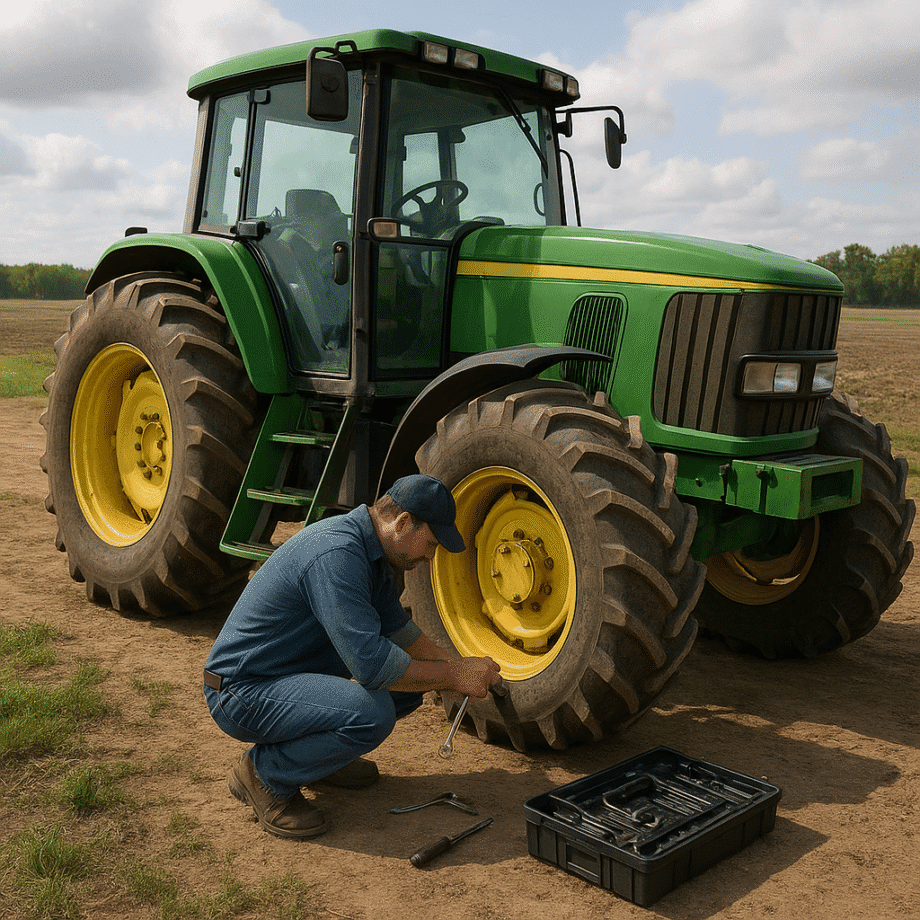Efficient and reliable agricultural operations hinge on the seamless performance of heavy machinery. Among these, the tractor stands at the core of most farming tasks, powering plows, harvesters, and transport equipment. Unexpected downtime not only disrupts schedules but can also lead to significant financial losses. This article delves into proven strategies to enhance uptime and ward off common failures through a blend of practical know-how and modern technology.
Common Causes of Tractors Malfunction
Recognizing the root issues behind breakdowns is the first step to prevention. By examining frequent pain points, farmers and technicians can tailor their efforts toward areas that yield the highest returns.
Engine and Fuel System Challenges
- Poor quality or contaminated diesel leading to clogged filters.
- Inadequate pre-heating in cold weather, resulting in hard starts.
- Worn injectors or fuel lines causing irregular combustion.
Cooling System Failures
- Obstructed radiators or debris in air passages reducing heat dissipation.
- Leaks in hoses or water pumps causing overheating.
- Corrosion inside the system leading to mineral deposits.
Hydraulic and Transmission Issues
- Air entrapment or leaks in hydraulic circuits compromising lifting functions.
- Worn seals and gaskets causing fluid loss and reduced efficiency.
- Gear wear due to delayed fluid changes or improper fluid grades.
Scheduled Maintenance and Proper Lubrication
Regularly planning service intervals and using correct lubricants forms the backbone of any successful preventive strategy. Incorporating these elements into a clear maintenance program minimizes wear and extends machine life.
Oil and Fluid Change Intervals
- Replace engine oil based on manufacturer’s recommended hours. Using high-quality oils ensures stable viscosities under varying temperatures.
- Monitor hydraulic fluid levels and filter conditions. Keeping them clean and within specified tolerances avoids cavitation and jerky operation.
- Check transmission fluid every 250–500 hours or as directed, and adhere to proper fluid grades to prevent clutch slippage.
Greasing Key Components
Implement a greasing chart covering: wheel bearings, pivot points on the 3-point hitch, and steering linkages. Regular lubrication using the right grease type prevents metal-to-metal contact and reduces friction.
Filter Replacement Protocol
- Prioritize air and fuel filters, as these directly impact engine performance.
- Document replacement dates in a maintenance log for easy tracking.
- Use genuine or OEM-approved filters to maintain warranty compliance and performance.
Routine Inspections and Early Diagnostic Techniques
Proactivity in identifying anomalies before they escalate into failures is crucial. A systematic inspection routine leverages keen observation and simple diagnostic tools for maximal payoff.
Daily and Weekly Walk-Around Checks
- Inspect tires for correct inflation, cuts, and wear patterns.
- Scan hoses and belts for cracks, frays, or bulges.
- Look under the machine for fresh oil, coolant, or hydraulic leaks.
Fluid Analysis and Sensor Monitoring
Collect oil samples periodically for laboratory testing. Checking for metal particles or contamination provides an early warning of internal wear. Additionally, install basic sensors to track coolant temperature, lubrication pressure, and battery voltage.
Diagnosing Electrical Faults
- Use a multimeter to verify battery health and alternator output.
- Inspect wiring harnesses for abrasion or rodent damage.
- Ensure connectors are secure and corrosion-free, especially in exposed areas.
Operator Training and Best Practices
A well-trained operator can make or break the life expectancy of a tractor. Empowering staff with proper knowledge reduces misuse and accelerates problem identification.
Understanding Manufacturer Guidelines
- Encourage reading the operator’s manual thoroughly before field deployment.
- Highlight critical procedures like cold starts, high-load operation, and shutdown sequences.
Safe Operation and Handling
Train operators to avoid sudden load changes, which place undue stress on the drive train. Proper hitching techniques for trailers and implements also alleviate torque spikes in the gearbox.
On-Board Record Keeping
Implement a simple digital or paper log where operators note unusual sounds, vibrations, or warning lights. This real-time feedback loop streamlines diagnosing emerging issues.
Adopting Advanced Technological Solutions
As agriculture evolves, integrating cutting-edge tools can transform maintenance from reactive to truly preventive models.
Telematics and Remote Monitoring
- Leverage GPS and onboard diagnostics to track engine hours, fuel consumption, and idle times.
- Receive live alerts for abnormal engine temperature or hydraulic pressure variations.
- Analyze fleet trends to schedule maintenance when actual usage thresholds are met, not simply by calendar dates.
Predictive Analytics and AI
Some platforms now use historical performance data to forecast potential failures. By learning patterns in sensor outputs, these systems can notify technicians days before a critical fault occurs.
3D Printing of Spare Parts
Innovative farms are exploring on-site additive manufacturing to produce non-critical components like brackets, covers, or housings. This approach reduces downtime waiting for shipments in remote regions.
Maximizing Tractor Longevity Through Collaborative Maintenance
Creating partnerships between operators, mechanics, and equipment manufacturers fosters a culture of shared responsibility. Regular feedback sessions and joint performance reviews help fine-tune maintenance schedules and uncover opportunities for cost savings. By combining rigorous inspection routines, proper maintenance practices, targeted operator education, and smart technology, agricultural enterprises can safeguard their investments and maintain high operational efficiency.
